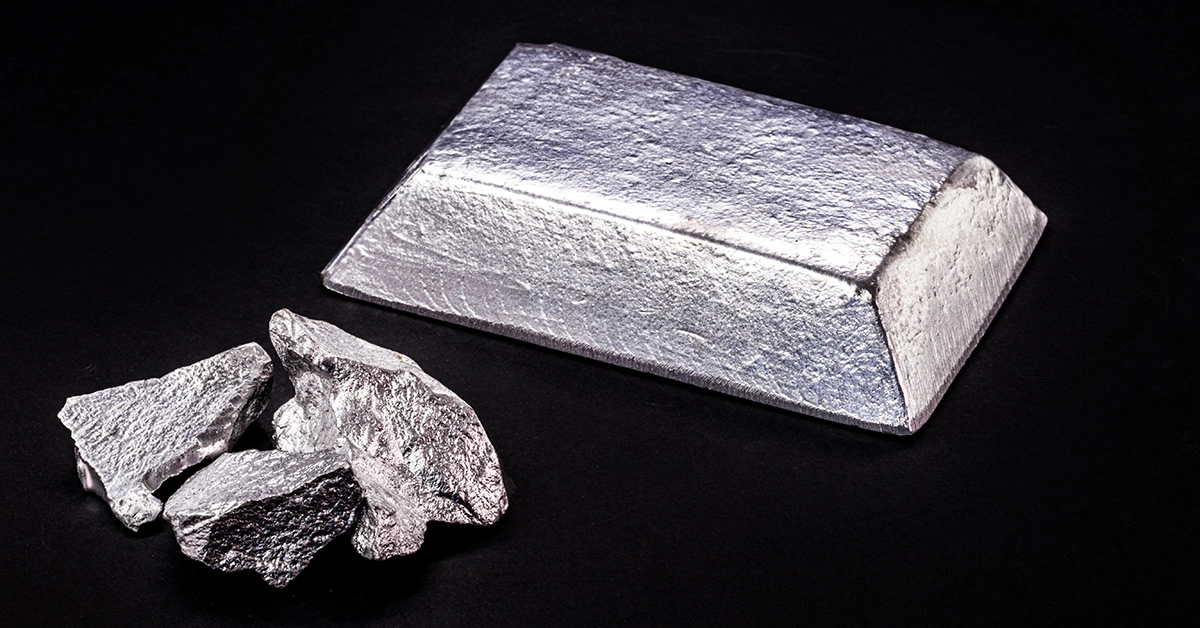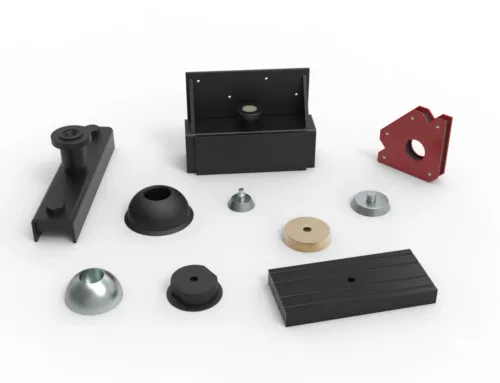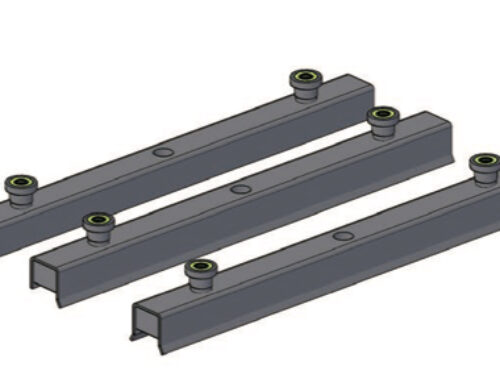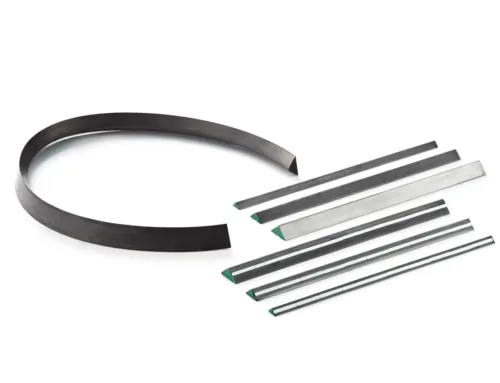What Is Magnetism
Magnetism is a physical phenomenon where materials exert an attractive or repulsive force on other materials due to the motion of electric charges. It arises from the alignment of magnetic moments of atoms within a substance.
There are several types of magnetism, each describing how materials respond to magnetic fields:
- Ferromagnetism: Strong attraction to magnets. Atoms align their magnetic moments in the same direction. Examples: iron, nickel, cobalt.
- Paramagnetism: Weak attraction to magnetic fields. Magnetic moments are randomly aligned but can align slightly under a magnetic field. Examples: aluminum, platinum.
- Diamagnetism: Weak repulsion by magnetic fields. Electrons create induced magnetic fields opposite to the applied field. Examples: copper, bismuth.
- Antiferromagnetism and ferrimagnetism: Complex arrangements where magnetic moments oppose or partially oppose each other.
Not all metals are magnetic because magnetism depends on atomic structure and electron arrangement. Metals like iron have unpaired electrons and strong atomic alignments, making them magnetic. Others, such as aluminum, have paired electrons and weaker atomic interactions, leading to little or no magnetic attraction in everyday use.
The Magnetic Properties of Aluminum

Aluminum is classified as a paramagnetic material. This means it has a very weak attraction to magnetic fields, which is quite different from ferromagnetic materials like iron or nickel that are strongly magnetic. Paramagnetism happens because aluminum’s atoms have unpaired electrons, but the effect is too small to create a permanent magnetic field or pull magnets toward it noticeably.
In everyday life, aluminum is usually considered non-magnetic because its response to magnets is so subtle that you won’t see aluminum sticking to a fridge magnet or attracting a magnet on its own. Its magnetic behavior only becomes noticeable under strong magnetic fields or in specially controlled experiments.
Scientific studies confirm this by showing aluminum’s slight magnetic attraction can be measured, but it’s very weak compared to common ferromagnetic metals. This is why aluminum is often grouped with non-magnetic materials in practical settings.
How Aluminum Reacts to Magnetic Fields
Aluminum doesn’t stick to magnets like iron or steel, but it does interact with magnetic fields in some interesting ways. When you bring a magnet close to aluminum, you won’t see any attraction because aluminum is paramagnetic, meaning it’s only weakly influenced by magnetic fields.
In practical terms, aluminum responds mostly through what’s called eddy currents. When a changing magnetic field passes near aluminum, it creates small electric currents inside the metal. These eddy currents produce their own magnetic fields, which can oppose the original field. This effect is why aluminum heats up in induction cooking or in electromagnetic braking systems.
Here are some real-world examples of aluminum reacting to magnets:
- Induction heating cooks food by inducing eddy currents in aluminum pans.
- Electromagnetic braking systems on trains use aluminum to slow down wheels without physical contact.
- Magnetic levitation tests show aluminum slightly repels magnetic fields but isn’t pulled toward them.
This unique interaction makes aluminum useful in applications where magnetic responses are needed without the metal becoming magnetized itself.
We can test by putting a strong neodymium magnet near aluminum can. Please watch this video from Magnetsandmotors.
Comparing Aluminum with Other Metals

When we look at common metals like iron, steel, nickel, and cobalt, they are all ferromagnetic. This means they have strong magnetic properties and are easily attracted to magnets. Aluminum, on the other hand, is very different. It is paramagnetic—its magnetic response is much weaker and only noticeable under strong magnetic fields. That’s why aluminum doesn’t stick to magnets like iron or steel does.
Here’s a quick rundown:
- Ferromagnetic metals (iron, steel, nickel, cobalt): Strongly attracted to magnets, used in motors, transformers, and magnetic storage.
- Aluminum: Slightly attracted only under strong fields, but generally seen as non-magnetic in everyday use.
Aluminum’s magnetic behavior has some clear advantages in industry:
- Non-magnetic nature reduces interference in sensitive electronic equipment.
- Lightweight and corrosion-resistant, making aluminum ideal for cases or shields where magnetic metals could cause problems.
- It’s widely used in EMI (electromagnetic interference) shielding, benefiting from its weak magnetic response combined with good conductivity.
On the downside:
- Aluminum can’t replace ferromagnetic metals in applications requiring strong magnetism, like electric motors or magnetic locks.
- Its eddy current effects can cause unwanted heating in some electromagnetic setups.
Understanding these differences helps engineers and manufacturers pick the right metal for the job—balancing the need for magnetism, weight, and electrical properties.
Practical Implications for Industry and Consumers
Understanding aluminum’s magnetic response is crucial for manufacturers and engineers. Although aluminum is classified as paramagnetic, its magnetic effect is very weak compared to ferromagnetic metals like iron or nickel. This knowledge helps in designing products where magnetic interference needs to be minimized or controlled.
Aluminum’s paramagnetic properties make it an excellent material for shielding against electromagnetic interference (EMI). Because it doesn’t strongly attract magnets, aluminum can be used in electronic housings and enclosures to reduce unwanted magnetic noise without adding extra magnetic distortion. This is especially important in industries such as aerospace, telecommunications, and medical equipment manufacturing where sensitive components require stable environments.
Additionally, aluminum is often preferred in applications where metals should not be attracted to magnets. For example:
- Structural parts in magnetic sensor systems
- Components in electronic devices where magnetic fields could cause malfunction
- Heat sinks and casings where eddy currents reduce unwanted heating due to weak magnetic interaction
Knowing when to choose aluminum over ferromagnetic metals ensures better performance and reliability in these situations. For detailed applications related to sensor materials and magnetic interference, check out NBAEM’s magnetic materials for sensor applications. This helps engineers and manufacturers make informed choices tailored to their specific project needs.
NBAEM’s Expertise in Magnetic Materials
At NBAEM, we offer a wide range of magnetic and non-magnetic materials to fit various industrial needs. Whether you’re looking for ferromagnetic metals like iron and nickel or non-magnetic options such as aluminum, our portfolio covers it all. We understand how important magnetic properties are for your applications, so we help you pick the right material based on how it interacts with magnetic fields.





Leave A Comment